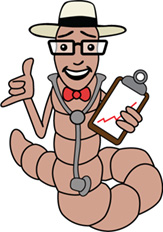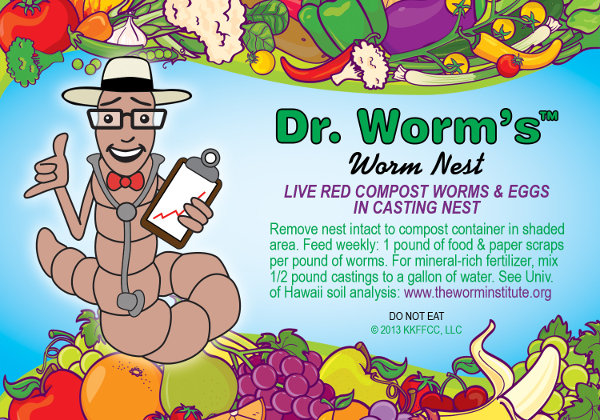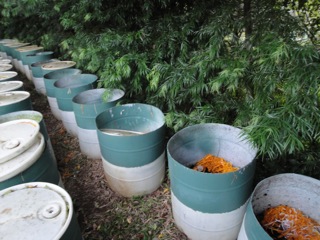

In an age of overpopulation and a growing lack of resources, as many people as possible must take some responsibility to grow food. The actions of growing edible fruit or vegetables extends beyond the cause of cultivating nutritious food; by gaining such experiences, the youth can have confidence in their ability to survive naturally.
We live in an age where fear and destruction dominate cultures worldwide. Growing food in America—even a single herb or tomato plant—is a cause that will have some effect. People who grow food agree that growing food brings appreciation of it, and human thinking naturally recognizes the importance of living wholesome and hopeful sharing vitality with others.
Good soil is essential for plants to be able to absorb the minerals they need. Most of us have eaten tomatoes grown in a backyard; the sweet taste and heartiness comes from minerals that are not available in land that has been misused or filled with chemical fertilizers, pesticides, fungicides and weed-killing potions. Worms, one of the cornerstones responsible for good soil, cannot live in such an environment.
At Worms, Worms, Worms, we are studying worms, their eating habits, and their ability to convert garbage into nutrient-rich earth. You can learn more by visiting More About Worms...And Related Classroom Activities courtesy of the Cornell Waste Management Institute.

 Worm Nest sold only on Maui. Make your own!
Worm Nest sold only on Maui. Make your own!Worm Farming

Compost worm breeding farms require dark, coolish environments. Large gallon plastic barrels make excellent worm farming containers when placed in the shade.
To make the farming containers, we saw off the tops of the barrels, turning the tops into good lids for keeping out rain and birds. We drill small holes in the bottom to allow drainage. After cutting away the closed top, we take a second measurement, and then cut the barrel in half, then we set the portion with the bottom on top of the upper half. This reduces the volume of the drum, but the raised bottoms make feeding and harvesting less of a strain on the back and make it more difficult for critters that eat worms to find their way in.
Shredded paper makes a good bedding upon which to place starter worms, castings and food. The shredded paper can also act as a covering as well as food, because the paper and ink become consumable by the worms as the bacteria begins to break it down.
After the base is established and worms are breeding to produce eggs, we wait until the castings (worm poop, soil, etc.) is 3" or more deep on top of the floor of the barrel before we begin removing the castings to use for gardening. To cultivate castings and leave as many worms in place as possible, we place food and covering on one side of the barrel to attract the worms to one side so that their removal is minimized.
Worm and Soil Learning Materials
[PDF] University of Hawaii Compost Analysis (Feb 2012)[PDF] Darwin's Humble Earthworm - Dr. Mark Hodson - Planet Earth (2009)
[PDF] Do Earthworms Impact Metal Mobility and Availability in Soil? - Envionmental Pollution (2009)
[LINK] BBC News - Earthworms To Aid Soil Clean-Up


